 Carter Horsley
Carter HorsleyJun 11, 2014
Carter's Review
The Puck Building at 295 Lafayette Street in SoHo on the southeast corner of East Houston Street is one of the city’s grand 19th Century buildings and is distinguished by its two gilded statues of Puck, a character from Shakespeare’s “Mid-Summer’s Night Dream.”
The cherub-faced and well-attired Puck was the “mascot” of Puck, the illustrated, satirical weekly, and he stands holding a very large pen that is about his height in his right hand above the building’s mid-block entrance on Lafayette Street and at the third floor corner on Mulberry Street. The statues were sculpted by Henry Baerer.
In 2011, Jared Kushner, the owner of the building, sought permission from the Landmarks Preservation Commission to erect six “penthouse” apartments atop the red-brick building that occupies the narrow block between Lafayette, Mulberry Streets, Jersey and East Houston Streets. A December 9, 2011 article by David Dunlap in The New York Times said that the “the first proposal was all but tossed off the roof by the commission in October.”
After two revisions, however, Kushner’s plans were approval.
Designed by Albert Wagner in 1885 for the J. Ottman Lithographic Company with large arches at the base and smaller ones on the top floor with a castellated roofline in Germanic Neo-Romanesque-style, this red-brick building is surrounded by a handsome tall fence.
Wagner also design the building’s South Addition in the same style in 1893.
José Ramirez and Sherida Paulsen of PKSB Architects were the architects for the penthouses and William McIntosh and Leilani Arita were the interior designers.
Bottom Line
A very prime SoHo location in a great building that is convenient to fine shopping and restaurants and good transportation.
Description
The building has a 5-step-up, double-colonnade entrance and the entrance of the new residential lobby has a stained-glass mural of Puck, who appeared at the top of the magazine’s cover under the motto “What fools these mortals be.”
A September 19, 2013 article by Robin Finn in The New York Times said that Mr. Kushner described the Puck building as “gorgeous, magical” and that he “wanted to take an icon and not just preserve it, but improve it,” adding that “he’s been at it for eight years.”
“After ruling out a rooftop boutique hotel or restaurant,” he opted for luxury condominiums to “replace what had been disused office space on the eighth and ninth floors” and the roof.
In an article in Elle Décor, Ivanka Trump Kushner said she loved the “slightly mischievous Puck sculptures,” adding that “it wasn’t until I met Jared that I began to understand the building’s important role in shaping the culture of New York City, with its connections to publishing and the arts.” She said that Jared Kushner and Alberto Mugrabi, the art dealer, chose work by artists such as Damien Hirst, Carol Bove, and George Condo to decorate the furnished unit. “The custom BDDW bed in the master suite, that piece stops everyone dead in their tracks. The slab headboard is maple and nearly 20 feet long, with bronze butterfly joints highlight the perfect imperfections of the wood,” she exclaimed.
The article quoted Jared Kushner as stating that “the countertops in the kitchen…are lava stone from Mount Etna in Sicily, with a crackled glaze…and there’s even a little mother-of-pearl in the terrazzo floor to give it a subtle sheen.” He also said that the “iridescent finish” of the vaulted brick ceiling tiles “give them a reflective quality that makes the room glow.”
The article said the “Kushner did not want soffits to intrude on the vintage brick ceilings, so he and his article designed iron channels that were sunk into the seams of the vaults to hide electrical wiring.”
Amenities
The building has a concierge and a doorman, a roof garden and a dedicated residential entrance.
Apartments
The 6 penthouse apartments have barrel vault brick ceilings, cast-iron columns and La Cornue stoves and Travertine bathrooms with nickel-and-glass pocket doors .
Three of them have outdoor space and all are setback from the sides of the building and have large multi-paned windows.
Penthouse A is a four-bedroom duplex unit with a large entry foyer that leads to a large living/dining room with a pass-through kitchen and a long terrace and three bedrooms, two of which have small terraces on the lower level and a master bedroom with two terraces on the upper level.
Penthouse VI is a three-bedroom unit with a large entry foyer that leads to a very large great room adjacent to a large kitchen and a long gallery and a media room.
Apartment 8B is a two-bedroom duplex unit with a long entry foyer that leads to a living room with a fireplace, a dining room and an open kitchen and a large north terrace with access from the master bedroom on the lower level and a second bedroom and small terrace on the upper level.
Apartment 8A is a two-bedroom unit with an 11-foot-long entry foyer that leads to a 20-foot-square living room adjacent to a 13-foot-long, pass-through kitchen and a 42-foot-wide terrace.
History
Penthouse IV with about 6,000 square feet of space with three bedrooms sold in May, 2014 for $28 million.
An April 20, 1983 article in The New York Times by Dorothy Gaiter said that Peter Gee and Paul Serra regilded the Puck statues and reopened the building as a condominium for photographers, film makers, architects and fashion designers and had commissioned James Stewart Polshek for the renovations. Mr. Serra’s family purchased the building in 1978 when it was fully tenanted but it was vacant in 1983, according to the article.
The upgrade was not successful and the building was sold in 1987 for $19 million by the Kushners who installed an automatic elevator.
A March 13, 2005 article by William Neuman in The New York Times said that Mr. Kushner’s father, Charles, “had been in talks to donate the famous Puck Building” to New York University “before he ran afoul of the law.”
“The negotiations were halted after Mr. Kushner was indicted last July and charged in a convolute scheme that involved hiring a prostitute to seduce his brother-in-law,” the article said, adding that “Mr. Kushner wanted to use a videotape of the tryst to pressure his brother-in-law not to aid investigators looking into allegations of illegal campaign contributions.” “Mr. Kushner,” the article continued, subsequently pleaded guilty, and this moth he was given a two-year sentence in a federal prison.”
In 1986, Spy Magazine moved into the Puck Building to revive its status as the home of irreverent publishing frivolity. It lasted until 1999.
According to its Wikipedia entry, after Puck vacated, the building was occupied by numerous printing concerns and “the odor of printing ink permeated the building for many years and in the early 2000s it housed the Manhattan Center of the Pratt Institute.
The building had two large ballrooms that were the scene of many parties and weddings around this time, but in 2003 the Kushners signed a 15-year lease with New York University for its Wagner Graduate School of Public Service.
Mr. Kushner was released from prison in 2006 and two years later the Kushner Companies bought 666 Fifth Avenue from Tishman Speyer Properties for $1.8 billion, the highest price then paid for a single office building.
Jared Kushner, his eldest son, took over operations and soon he and his wife, Ivanka, the daughter of developer Donald Trump, worked on converting the top of the building to luxury condominium apartments.
The February 20, 1894 obituary of Mr. Keppler noted that “his talent is said to have first manifested itself in the quaint and pretty designs which he applied in ornamenting the fancy cakes made in his father’s bakery in Vienna.” It said that he came to the United States in 1868 and tried to start a German Puck in St. Louis but the venture failed and he eventually started one in New York with A. Schwarzmann, a colleague at Frank Leslie’s Weekly.
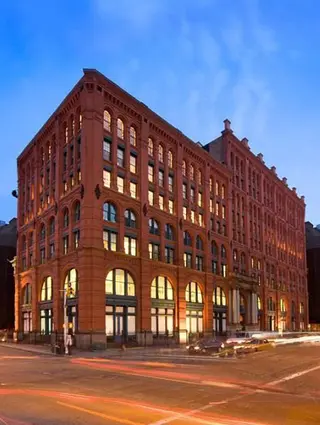
- Condo built in 1885
- Converted in 2014
- Located in NoLiTa/Little Italy
- 6 total apartments 6 total apartments
- 8 recent sales ($17.8M to $35M)
- Pets Allowed

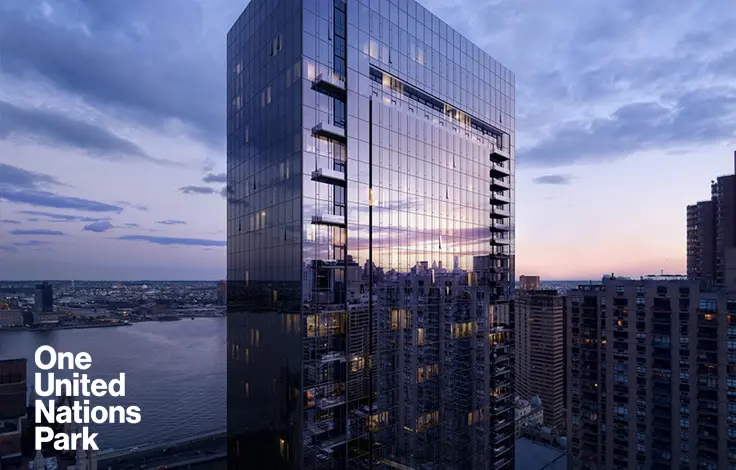
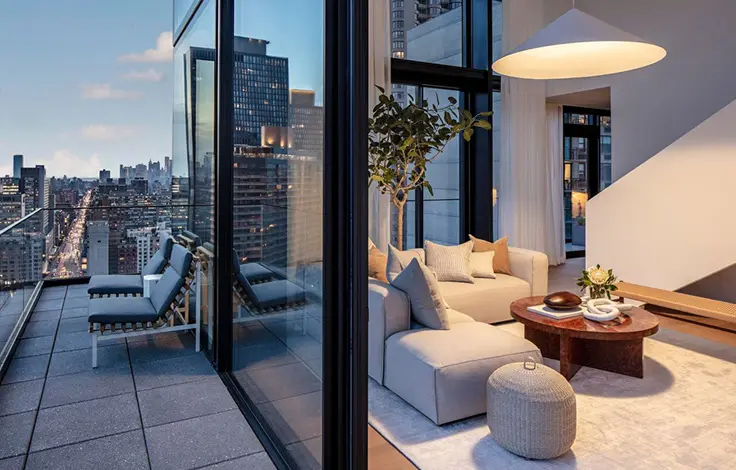
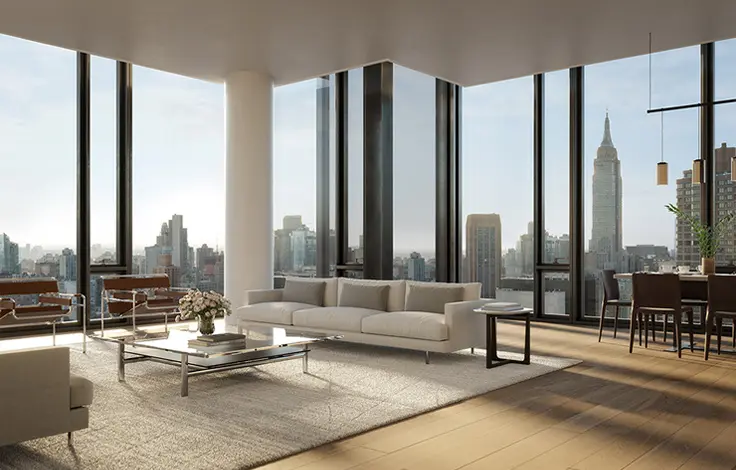
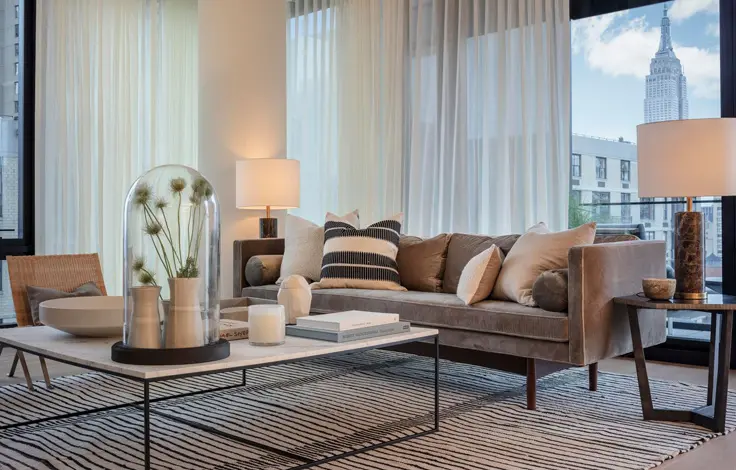
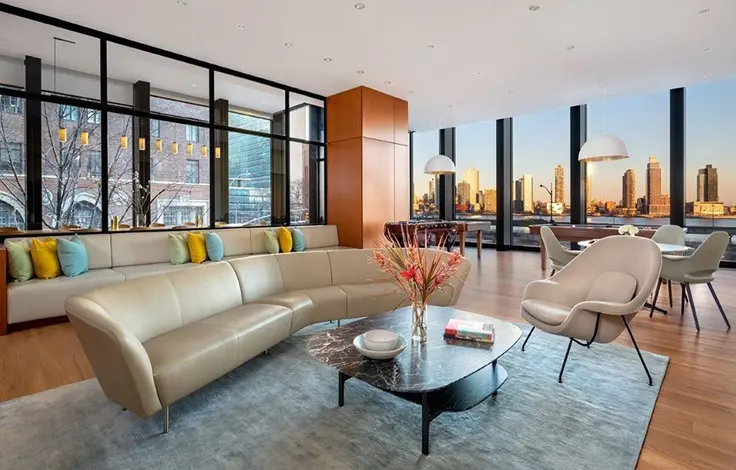
 6sqft delivers the latest on real estate, architecture, and design, straight from New York City.
6sqft delivers the latest on real estate, architecture, and design, straight from New York City.
